Kingdom Animalia Order Primates Family Hominidae Scientific name Homo sapiens sapiens Higher classification Human | Phylum Chordata Suborder Haplorhini Genus Homo Rank Subspecies | |
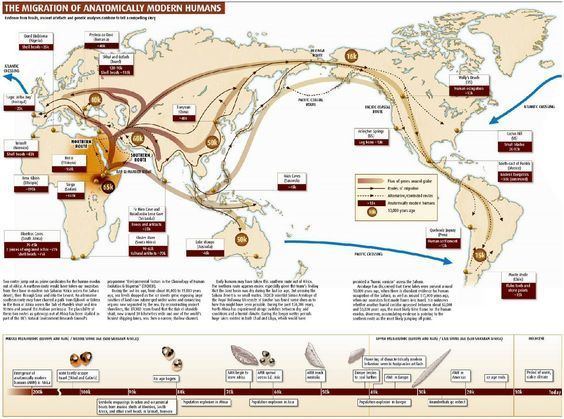 | ||
Similar Human, Humans, Neanderthal, Upright man, Great apes | ||
Carta the origin of us chris stringer fossil record of anatomically modern humans
The term anatomically modern humans (AMH) or anatomically modern Homo sapiens (AMHS) refers in paleoanthropology to individual members of the species Homo sapiens with an appearance consistent with the range of phenotypes in modern humans.
Contents
- Carta the origin of us chris stringer fossil record of anatomically modern humans
- Nomenclature and anatomy
- General build
- Braincase anatomy
- Jaw anatomy
- Body skeleton
- Homo genus
- Major origin models
- History of finds
- Robusticity of early modern humans
- Terms and classification
- Modern human behavior
- References
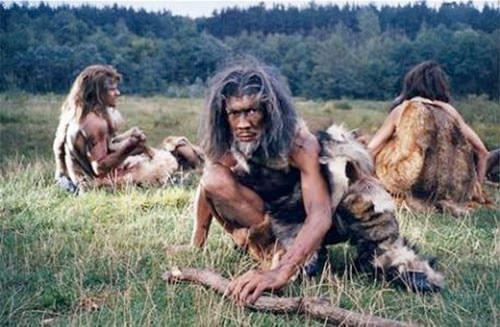
Anatomically modern humans evolved from archaic humans in the Middle Paleolithic, about 200,000 years ago. The emergence of anatomically modern human marks the dawn of the subspecies Homo sapiens sapiens, i.e. the subspecies of Homo sapiens to which all humans alive today belong. The oldest fossil remains of anatomically modern humans are the Omo remains found in modern-day East Africa, which date to 195,000 years ago and include two partial skulls as well as arm, leg, foot and pelvis bones.
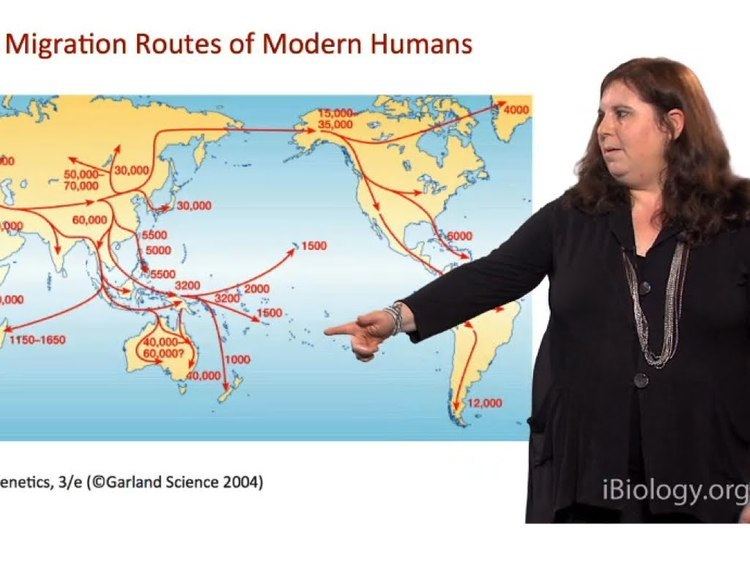
Other fossils include the proposed Homo sapiens idaltu from Herto in Ethiopia that are almost 160,000 years old and the Skhul hominids from Israel, which are 90,000 years old.
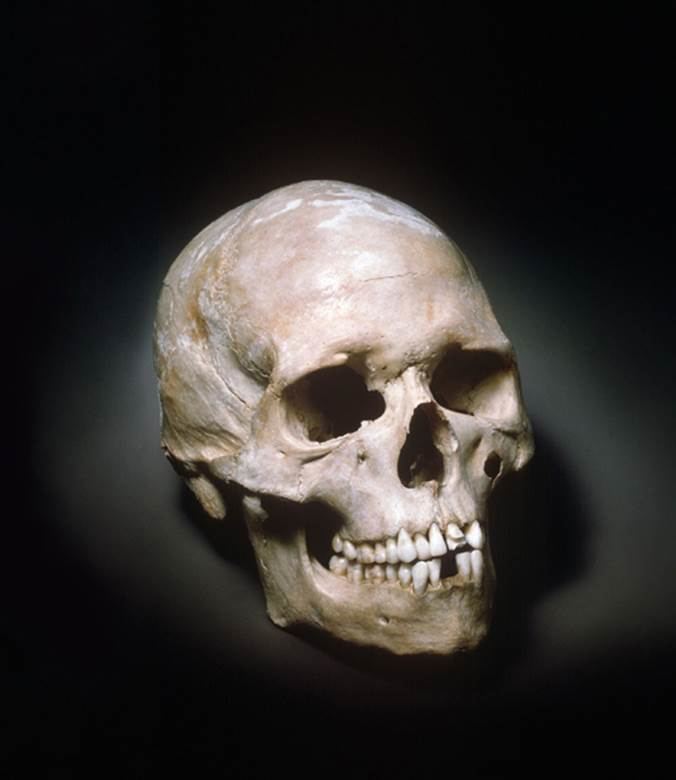
The oldest human remains from which an entire genome has been extracted belongs to Ust'-Ishim man, who lived about 45,000 years ago in Western Siberia.

Behavioral modernity—a suite of changes in Homo sapiens behavior and cognition including abstract thinking, deep planning, symbolic behavior (e.g. art, ornamentation, music), exploitation of large game, and blade technology—is evident from around 40,000–50,000 years ago, and may have emerged abruptly then or may have arisen through gradual steps. However, it can and has been argued that Homo sapiens have been fully capable of modern behavior from the time they first evolved.
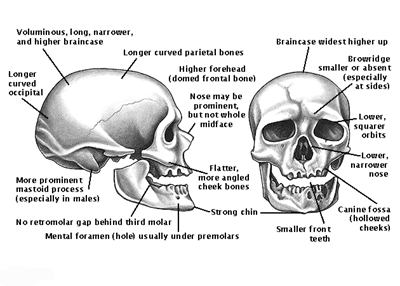
Nomenclature and anatomy

The binomial name for the taxonomic species of the human population is Homo sapiens. The species is usually taken to have emerged from a predecessor within the Homo genus around 200,000 years ago.
General build
Generally, modern humans are more lightly built than archaic humans from which they have evolved. Humans are a highly variable species; modern humans can show remarkably robust traits, and early modern humans even more so. Despite this, modern humans differ from archaic people (the Neanderthals and Denisovans) in a range of anatomical details.
Braincase anatomy
The cranium lacks a pronounced occipital bun in the neck, a bulge that anchored considerable neck muscles in Neanderthals. Modern humans, even the earlier ones, generally have a larger fore-brain than the archaic people, so that the brain sits above rather than behind the eyes. This will usually (though not always) give a higher forehead, and reduced brow ridge. Early modern people and some living people do however have quite pronounced brow ridges, but they differ from those of archaic forms by having both a supraorbital foramen or notch, forming a groove through the ridge above each eye. This splits the ridge into a central part and two distal parts. In current humans, often only the central section of the ridge is preserved (if it is preserved at all). This contrasts with archaic humans, where the brow ridge is pronounced and unbroken.
Modern humans commonly have a steep, even vertical forehead whereas their predecessors had foreheads that sloped strongly backwards. According to Desmond Morris, the vertical forehead in humans not only houses larger brains, but plays an important role in human communication through eyebrow movements and forehead skin wrinkling.
Jaw anatomy
Compared to archaic people, anatomically modern humans have smaller, differently shaped teeth. This results in a smaller, more receded dentary, making the rest of the jaw-line stand out, giving an often quite prominent chin. The central part of the mandible forming the chin carries a triangularly shaped area forming the apex of the chin called the mental trigon, not found in archaic humans. Particularly in living population, the use of fire and tools require fewer jaw muscles, giving slender, more gracile jaws. Compared to archaic people, modern humans have smaller, lower faces.
Body skeleton
The body skeleton of even the earliest and most robustly built modern humans was less robust than those of Neanderthals (and from what little we know from Denisovans), having essentially modern proportions. Particularly regarding the long bones of the limbs, the distal bones (the radius/ulna and tibia/fibula) are nearly the same size or slightly shorter than the proximal bones (the humerus and femur). In ancient people, particularly Neanderthals, the distal bones were shorter, usually thought to be an adaptation to cold climate. The same adaptation can be found in some modern people living in the polar regions.
Archaic Homo sapiens had robust skeletons indicating that they lived a physically demanding life; this can mean that anatomically modern humans, with their gracile frames, had become dependent on technology rather than on raw physical power to meet the challenges of their environment.
Homo genus
The genus Homo emerges from australopithecine hominins some time after 3 million years ago. With the arrival of Homo erectus in the fossil record ca. 1.8 to 1.3 million years ago, cranial capacity had doubled to 850 cm3. It is believed that Homo erectus and Homo ergaster were the first to use fire and complex tools. Modern humans evolved from Homo heidelbergensis, Homo rhodesiensis or Homo antecessor and, some 100,000 to 50,000 years ago, took the place of local populations of Homo erectus, Homo denisova, Homo floresiensis and Homo neanderthalensis.
Major origin models
As it is usually presented, there are two major competing models on this subject—recent African origin and multiregional evolution. The debate concerns both the relative amount of replacement or interbreeding that occurred in areas outside of Africa, when waves of humans (or human ancestors) left it to colonize other areas, and the relative importance of more recent waves as opposed to more ancient ones.
The mainstream view, known as the "Out of Africa" or "recent African origin" model, holds that all or nearly all modern human genetic diversity around the world can be traced back to the first anatomically modern humans to leave Africa. This model is supported by multiple and independent lines of evidence, such as the fossil record and genetics. The precise location where AMH first emerged is still unclear, but the consensus in 2014 indicates an origin within SubSaharan Africa. The most genetically distinct contemporary human populations are hunter-gatherers within southern Africa. In 2014 an mtDNA analysis on a skeleton over 2000 years old was reported. This individual predated the movement of pastoral peoples into this region. The analysis indicated a maternal line closely linked to that found in "Mitochondrial Eve". This supports archeological and osteological evidence indicating the presence, in southern Africa, of marine foragers with ancient maternal human mtDNA. This also supports views suggesting initial maritime dispersal of humans.
Historically, critics of this view are often bracketed together as holding a "multiregional hypothesis", which was being studied in the early 1980s into the 2000s. Such critics argue that significant amounts of older non-African genetic lineages have survived in various parts of the world through inter-breeding with anatomically modern humans. According to versions of the multiregional model the various human populations around the world today will have surviving genetic material that goes back as far as early humans such as Homo erectus. The human evolutionary genetics data set (Jobling, Hurles and Tyler-Smith, 2004) favor the "Out of Africa" model. Analyses of modern Europeans suggest that no mitochondrial DNA (direct maternal line) originating with Neanderthals has survived into modern times.
The recent sequencing of the Neanderthal and Denisovan genomes shows possible admixture. A draft sequence publication by the Neanderthal Genome Project in May 2010 indicates some form of hybridization between archaic humans and modern humans took place after modern humans emerged from Africa. An estimated 1 to 4 percent of the DNA in Europeans and Asians (i.e. French, Chinese and Papua probands) is non-modern, and shared with ancient Neanderthal DNA and not with Sub-Saharan Africans (i.e., Yoruba and San probands), while Melanesians have an additional 1–6% of Denisovan origin.
In practice, controversy is generally about specific periods and specific proposals for periods of such interbreeding, in addition to whether such interbreeding took place. The existence and importance of gene flow out of Africa is generally accepted, while the possibility of isolated instances of inter-breeding between recent sub-Saharan arrivals and their less "modern" contemporaries at various stages of prehistory is not particularly controversial. Nonetheless, and according to recent genetic studies, modern humans may have mated with "at least two groups" of ancient humans: Neanderthals and Denisovans.
In a 2013 study, the researchers suggested that the observed genetic affinities between archaic and modern human populations are mostly explained by common ancestral polymorphisms—and not admixture—followed by genetic drift, explaining that the differences in the observed genetic affinities among modern human populations are most-likely a result from different retention rates of these polymorphisms among the modern human populations. However, they also stated that the study did not rule out archaic introgression to modern humans.
Studies published in March 2016 suggest that modern humans bred with hominins, including Denisovans and Neanderthals, on multiple occasions.
History of finds
The first early modern humans to be found in Europe were the Cro-Magnon. During the latter half of the 20th century, new finds from all over the world, like those quoted above and others, greatly expanded our knowledge of the origin and spread of modern humans. The term Cro-Magnon was sometimes used for all of these, but has now been replaced by the term early modern humans in literature, the term Cro-Magnon now used for finds similar to the original find.
Robusticity of early modern humans
Many of the early modern human finds, like those of Omo, Herto, Skhul, and Peștera cu Oase exhibit a mix of archaic and modern traits. Skhul V, for example, has prominent brow ridges and a projecting face. However, the brain case is quite rounded and distinct from that of the Neanderthals and is similar to the brain case of modern humans. It is now known that modern humans north of Sahara and outside of Africa have some archaic human admixture, though whether the robust traits of some of the early modern humans like Skhul V reflects mixed ancestry or retention of older traits is uncertain.
Terms and classification
The term "early" when applied to modern humans is usually restricted to finds from the upper Palaeolithic, ending about 10,000 years ago. This coincides with the end of the last ice age, which also saw the end of the ice age megafauna. At this point the human population of the world switched from a culture of big game hunting to smaller game and later, an initially tiny proportion, began to exploit wild grains and starchy plants which could be stored. This led to increased sedentism, increased local population density, and eventually, by at least 8,000 years ago, to the domestication of plants, as well as livestock species of animals, and then to mixed intensive agriculture. With higher population densities, better tools and fewer demands for brute strength, people all over the world became less robust, resulting in the comparatively more gracile population of today. Thus, anatomically modern humans can roughly be divided into two groups, the early (robust) and post-glacial (gracile) populations. The process leading to the development of smaller and more fine-boned humans seems to have begun at least 50,000 – 30,000 years ago.
There are recognized subspecies, for example H. s. sapiens and H.s. idaltu.
Modern human behavior
There is considerable debate regarding whether the earliest anatomically modern humans behaved similarly to recent or existing humans. Modern human behaviors characteristic of recent humans includes a language, the capacity for abstract thought and the use of symbolism to express cultural creativity. There are two opposing hypotheses regarding the origins of modern behavior. Some scholars argue that humans achieved anatomical modernity first, around 200,000 years ago. Later, around 50,000 years ago, humans then adopted modern behaviors. This hypothesis is based on the record of fossils and biogenic substances from periods before 50,000 years ago and the human artifacts found after 50,000 years ago. Correspondingly, as stated by Paul Mellars, the view distinguishes anatomically modern humans from behaviorally modern humans.
The opposing view is that humans achieved anatomical and behavioral modernity simultaneously. For example, most views argue that humans had evolved a lightly built skeleton. During this transition to anatomical modernity, this could have occurred through increased human cooperation. Additionally, this could have occurred through the increased use of technology, traits characteristic of modern behaviour. Furthermore, there is evidence that the characteristic human brain development, especially the prefrontal cortex, due to "an exceptional acceleration of metabolome evolution...paralleled by a drastic reduction in muscle strength. The observed rapid metabolic changes in brain and muscle, together with the unique human cognitive skills and low muscle performance, might reflect parallel mechanisms in human evolution."
Also, the Schöningen spears and their correlation of finds are evidence of complex technological skills already 300,000 years ago and are the first obvious proof for an active (big game) hunt. A successful hunt for quickly fleeing gregarious animals without sophisticated hunting strategies, a complex social structure and developed forms of communication (language ability) is unlikely. H. heidelbergensis already had intellectual and cognitive skills like anticipatory planning, thinking and acting that so far has only been attributed to modern man.
Recent archaeological data suggests that the essential elements of the kind of material culture typical of contemporary San hunter-gatherers was already present at least 40,000 years ago, including digging sticks of similar materials used today, ostrich egg shell beads, bone arrow heads with individual maker's marks etched and embedded with red ochre, and poison applicators. There is also a suggestion that "...pressure flaking best explains the morphology of lithic artifacts recovered from the ~75-ka Middle Stone Age levels at Blombos Cave, South Africa. The technique was used during the final shaping of Still Bay bifacial points made on heat‐treated silcrete." Both pressure flaking and heat treatment of materials was previously thought to have occurred much later in prehistory, and both indicate a behaviourally modern sophistication in the use of natural materials. Further reports of research on caves sites along the southern African coast indicate that "the debate as to when cultural and cognitive characteristics typical of modern humans first appeared" may be coming to an end, as "advanced technologies with elaborate chains of production" which "often demand high-fidelity transmission and thus language", and such advanced technologies have been found at Pinnacle Point Site 5–6. These have been dated to approximately 71,000 years ago. The researchers suggest that their research "...shows that microlithic technology originated early in South Africa, evolved over a vast time span (~11,000 years), and was typically coupled to complex heat treatment that persisted for nearly 100,000 years. Advanced technologies in Africa were early and enduring; a small sample of excavated sites in Africa is the best explanation for any perceived ‘flickering’ pattern....'
Integration of these latest data with the findings from the human genome project suggest that human foragers in subsaharan Africa developed modern cognition and behaviour by at least 50,000 BP, before the estimated timing of adaptive radiation out of Africa during the last glacial period. The development of behavioural modernity and sophisticated hunting and foraging methods in subsaharan Africa is thought to date from at least 50,000 years ago. This may have been due to an earlier climatic change to much drier and colder conditions during the last ice age, between 135,000 and 75,000 years ago. This was what led to human groups who were seeking refuge from the inland droughts, expanded along the coastal marshes rich in shellfish and other resources. Since sea levels were low due to so much water tied up in glaciers, such marshlands would have occurred all along the southern coasts of Eurasia. The use of rafts and boats may well have facilitated exploration of offshore islands and travel along the coast, and eventually permitted expansion to New Guinea and then to Australia.
Meanwhile, there was also expansion up all major rivers in between, and also around the eastern coastline of Eurasia. As glaciers receded, AMH moved deeper into the Eurasian interior. It now is also suggested that there may have been interbreeding with other subspecies of Homo such as Neanderthals and Denisovans whenever these were encountered.
